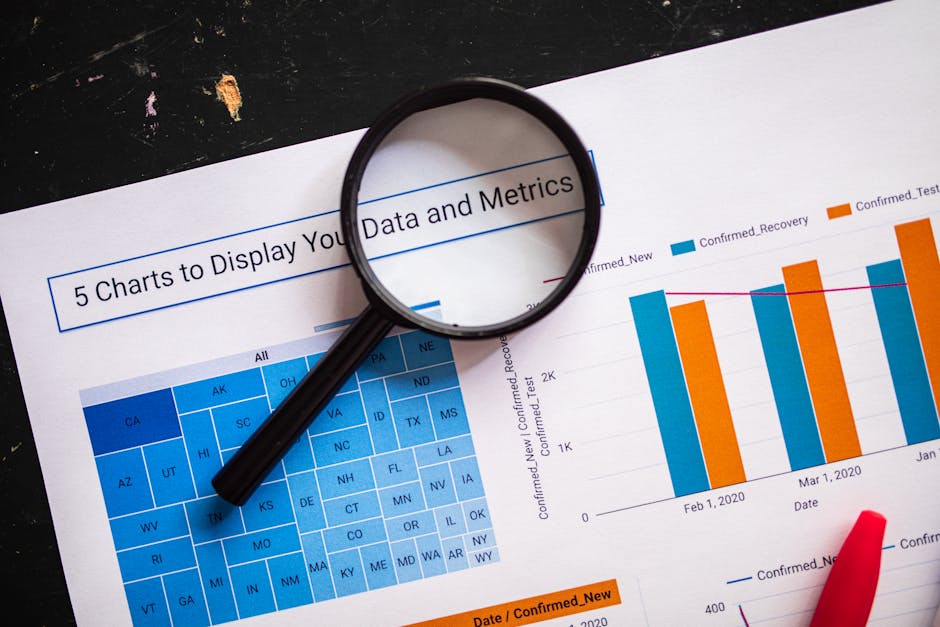KPI Snapshot: [Cost Forecast | KPI Projection | Data Override]
In today’s data-driven environment, precision is crucial. Organizations—ranging from government entities to healthcare institutions—are embracing clear experimentation to improve KPI tracking and make more informed buy vs. build decisions.

The Power of Experimental Clarity
Clear experimental tracking forms the backbone of modern performance management. By borrowing methodologies like survival analysis, organizations are aligning strategic decision-making with operational realities. Tools such as Salesforce Einstein set the bar high, establishing traceable, reproducible parameters that help fine-tune cost forecasts and sharpen KPI dashboards.
- Experimental Clarity
- The rigorous practice of capturing, measuring, and analyzing experiments to ensure KPI dashboards are both reliable and actionable.
- KPI Drift
- The phenomenon where KPI metrics gradually shift due to untracked changes or manual adjustments over time.
- Build Debt
- The long-term technical and operational challenges incurred when organizations opt to build custom solutions without sustainable support mechanisms.
Enhancing KPI Management with Data-Driven Insights
Organizations are increasingly leveraging sophisticated KPI projection dashboards to unlock data-driven insights. Detailed metrics and quality checks, as illustrated in diverse industry resources, provide transparency that influences policy and operational outcomes. In settings where regulatory compliance is critical, the use of advanced data integrations coupled with manual data adjustments strengthens trust in these tools.
For example, regional government analytics teams have transformed raw data into focused forecasts that directly impact revenue and risk mitigation strategies. The fusion of automated feeds and hands-on data corrections creates dashboards that meet rigorous standards while remaining flexible to real-world demands.
Buy vs. Build: Navigating Strategic Decisions
The decision to buy off-the-shelf tools or build custom solutions is never straightforward. Complex regulatory frameworks and specific organizational needs require a balanced approach. Case studies from government bodies and large enterprises reveal that while off-the-shelf solutions offer quick deployment, custom implementations—akin to tailored GPT models—often yield superior data flow optimization and KPI forecasting.
Consider these decision points as milestones on a timeline:
View Build vs. Buy Timeline
- Initial Assessment: Evaluate regulatory demands and the need for manual data override options.
- Tool Selection: Determine whether off-the-shelf solutions meet both technical and strategic criteria.
- Custom Development: For scenarios requiring deep integration, consider building tailored solutions addressing specific KPI drift challenges.
- Implementation and Adjustment: Iterate based on performance data, incorporating manual adjustments when necessary.
Final Insights and the Road Ahead
The intersection of rigorous experimental tracking and comprehensive KPI management paves the way for more effective decision-making. By blending advanced data integration methods with strategic manual adjustments, organizations can confidently navigate the challenges of both cost forecasting and tool selection.
Experts continue to advocate for clarity and precision—arguing that a well-calibrated dashboard is as much a strategic asset as any custom-built tool. This approach not only enhances policy compliance but also supports a culture of continuous operational improvement.
In a rapidly evolving digital landscape, stay ahead by ensuring every decision, whether to buy or build, is underpinned by solid, experiment-based insights.